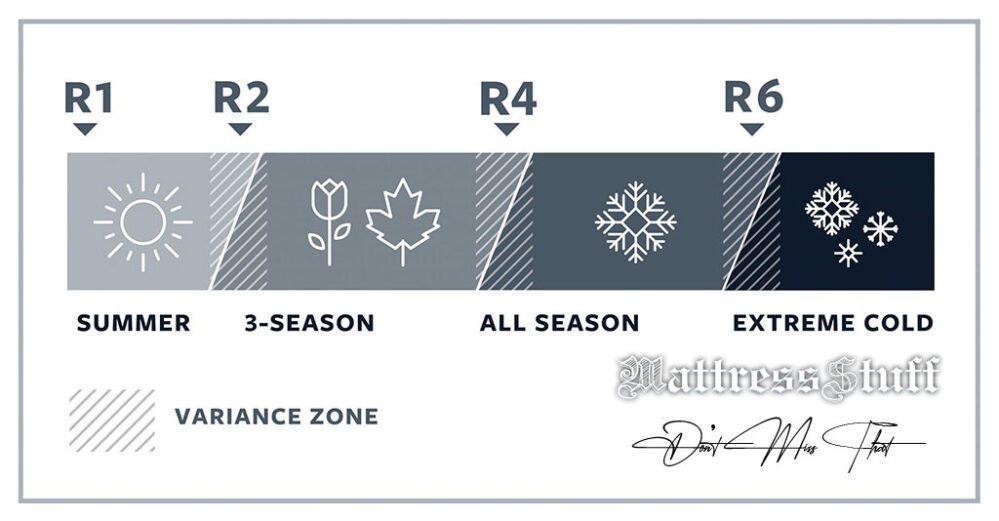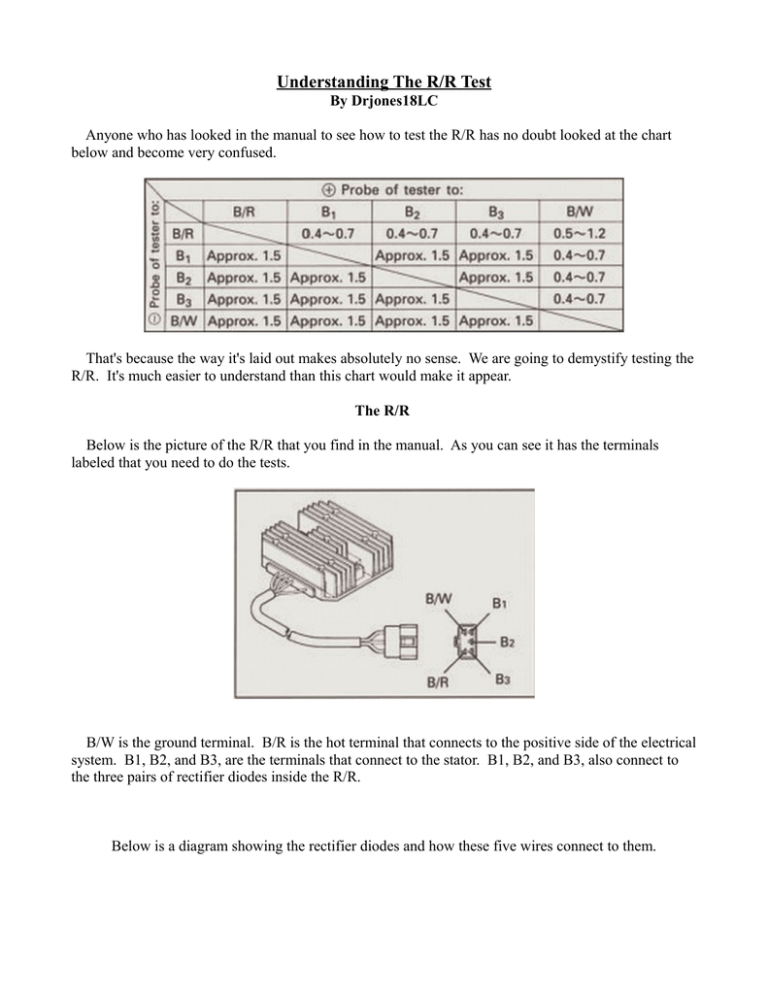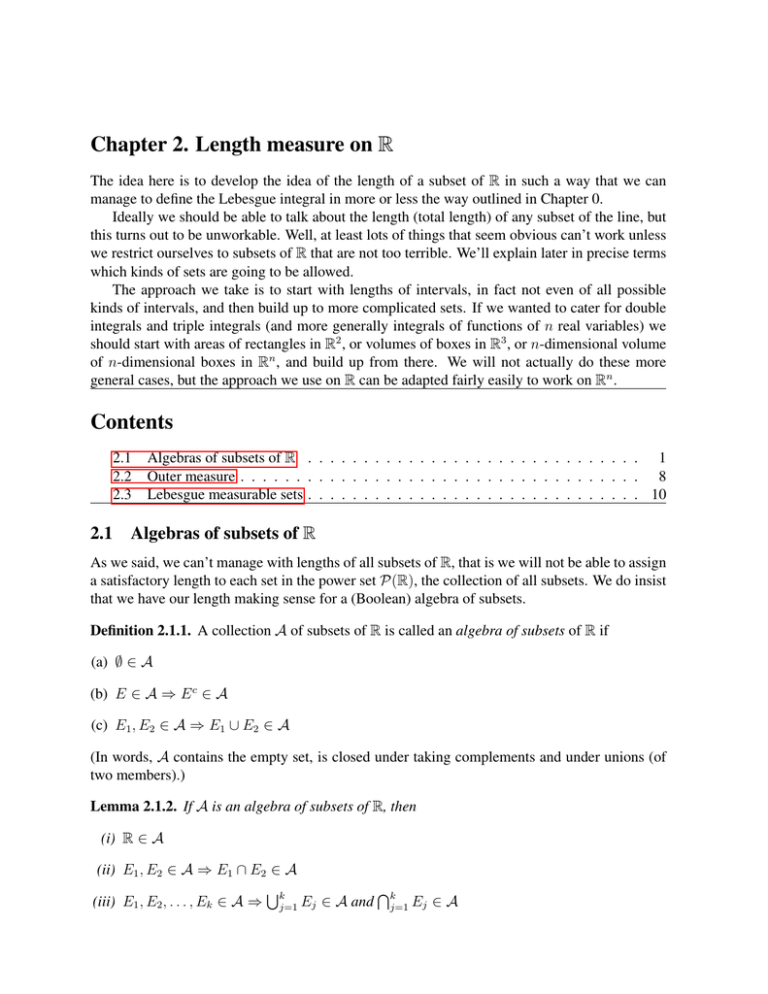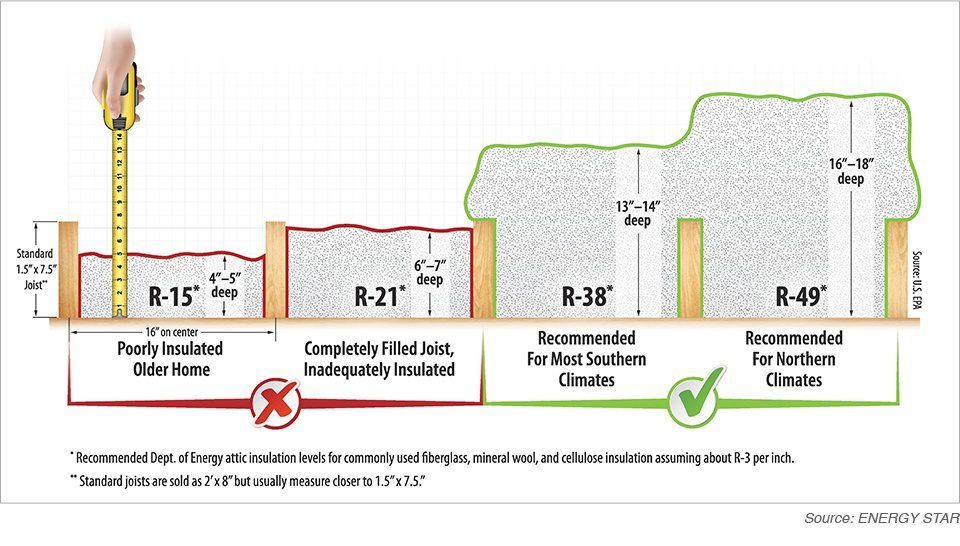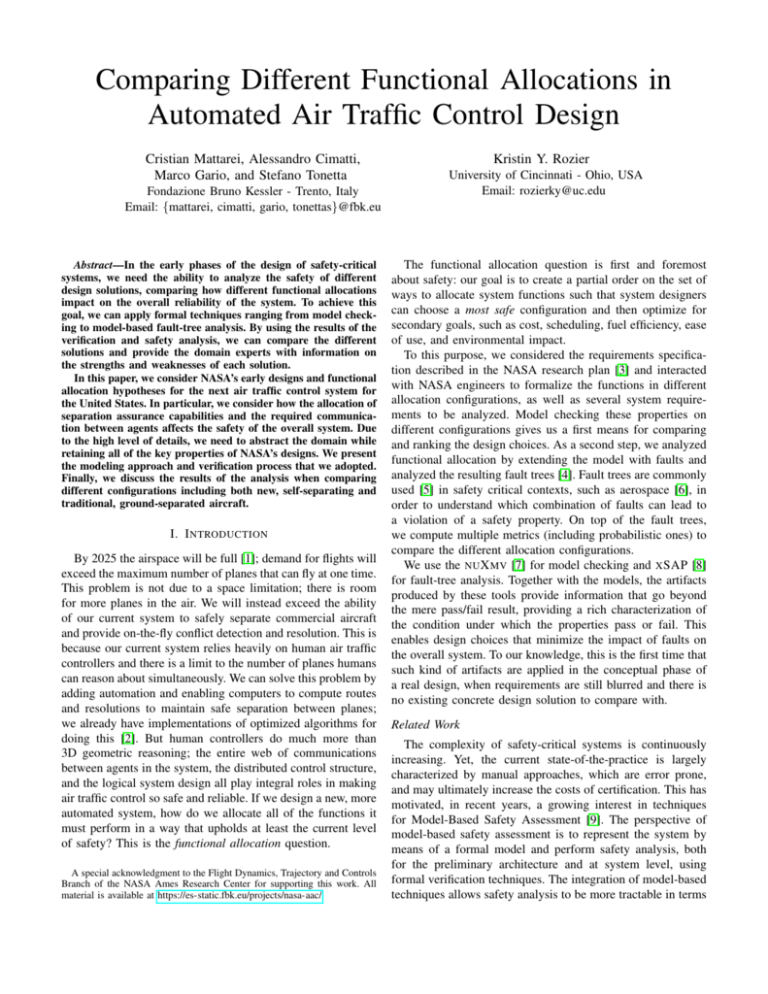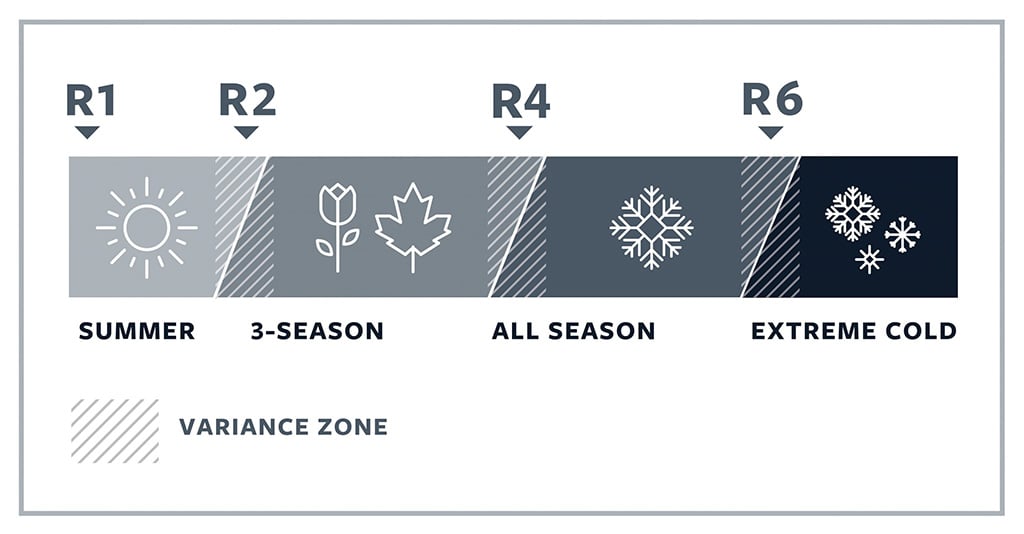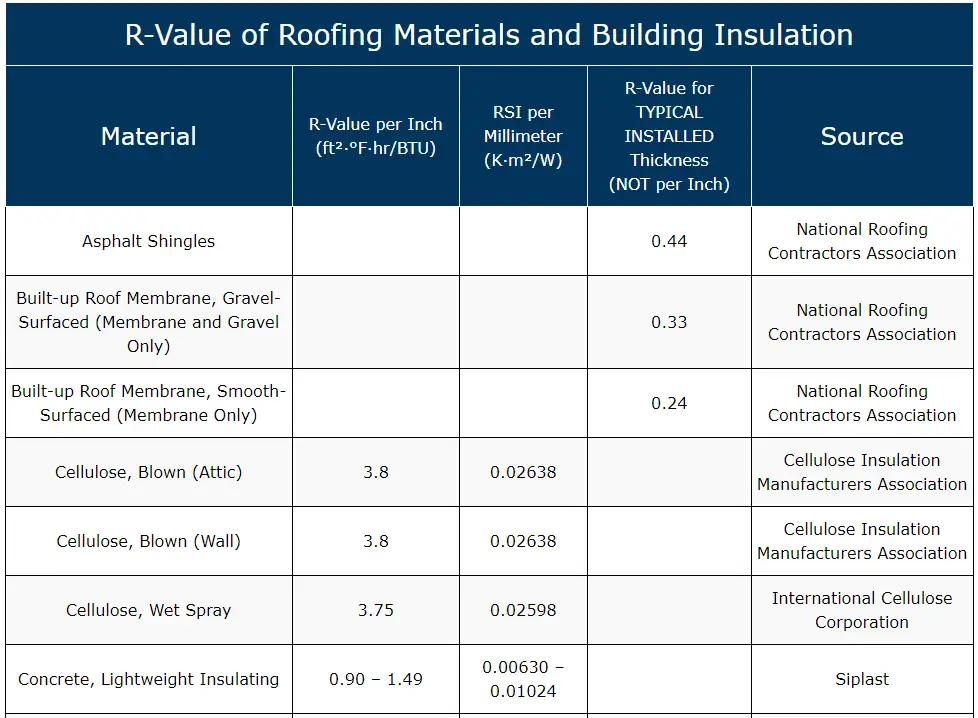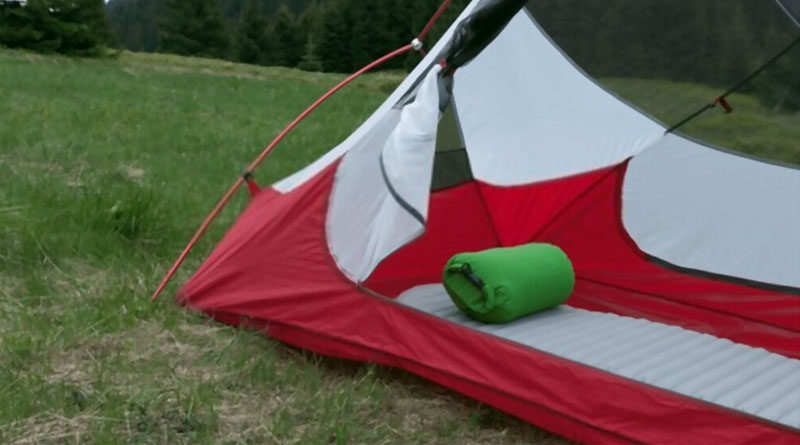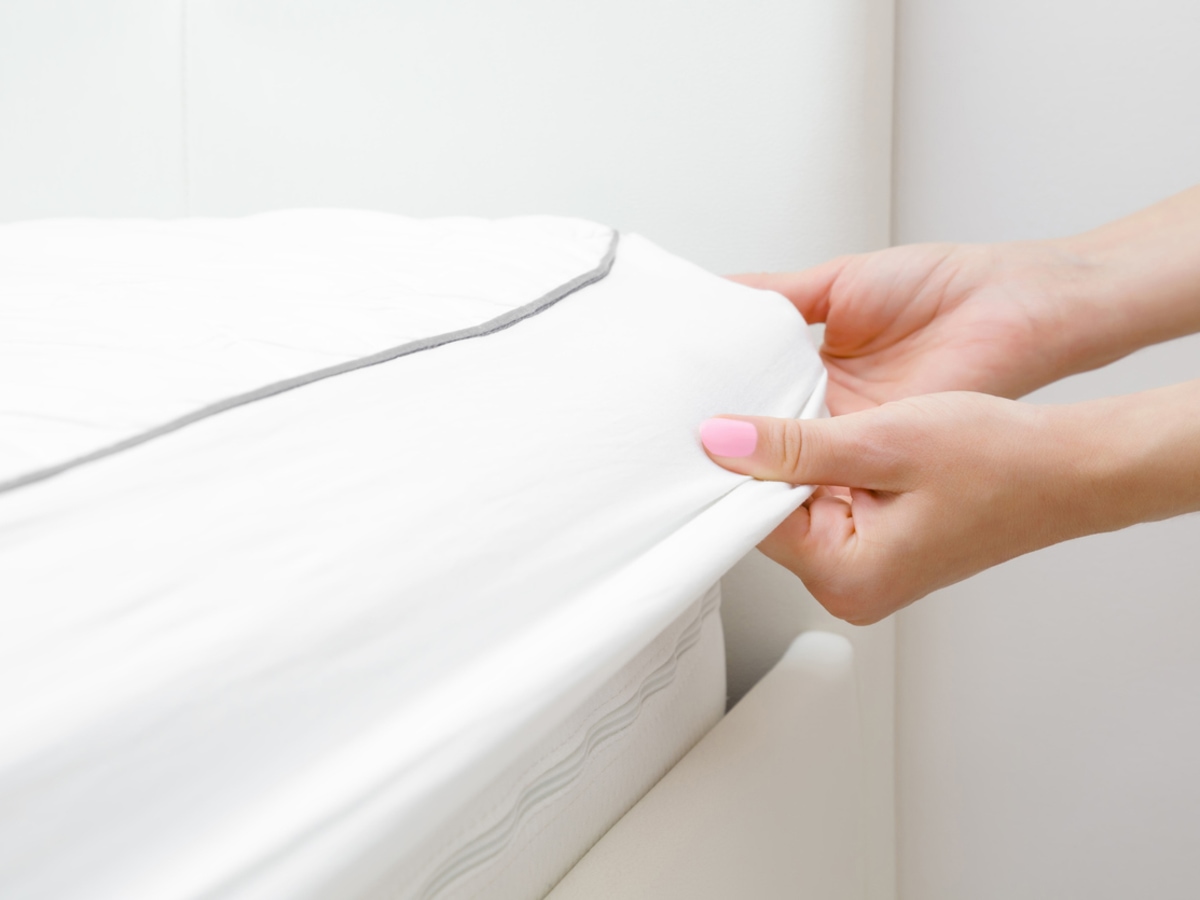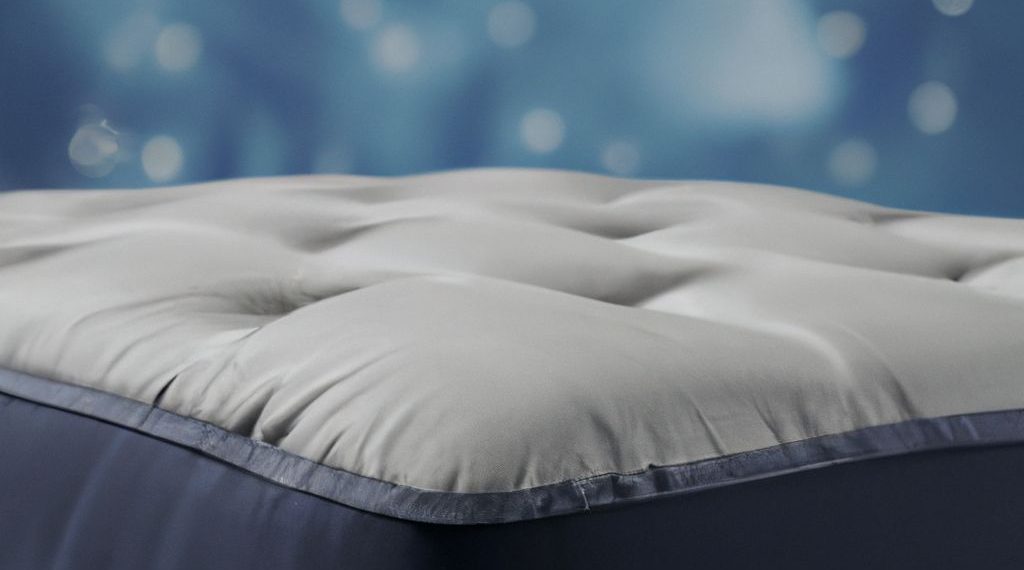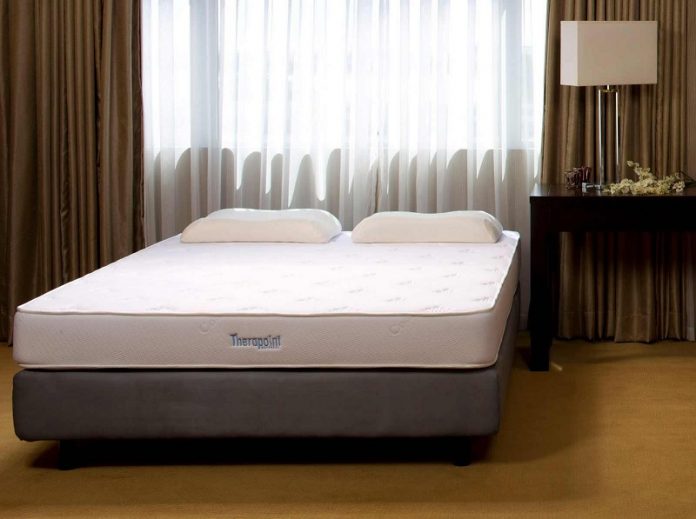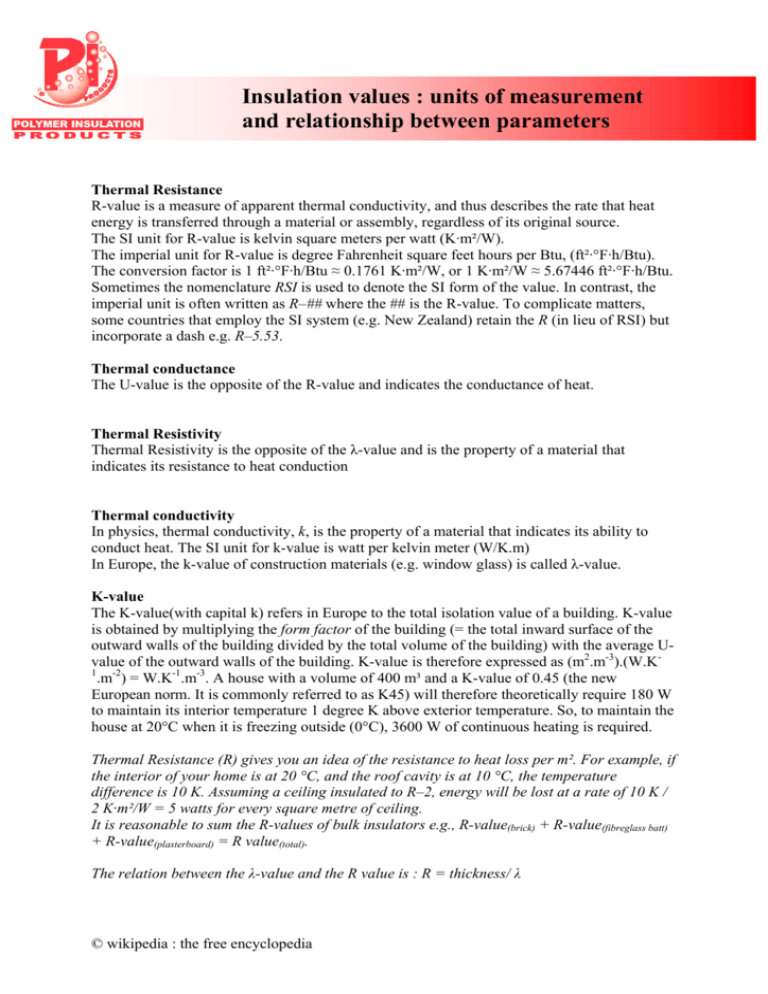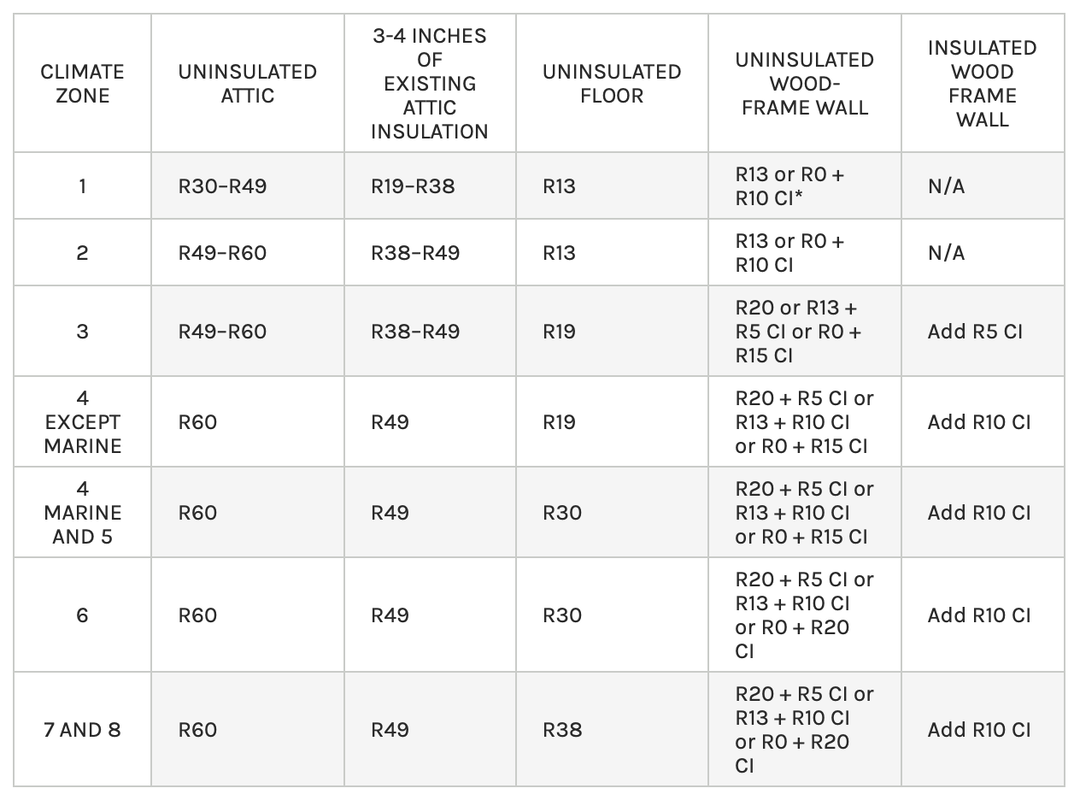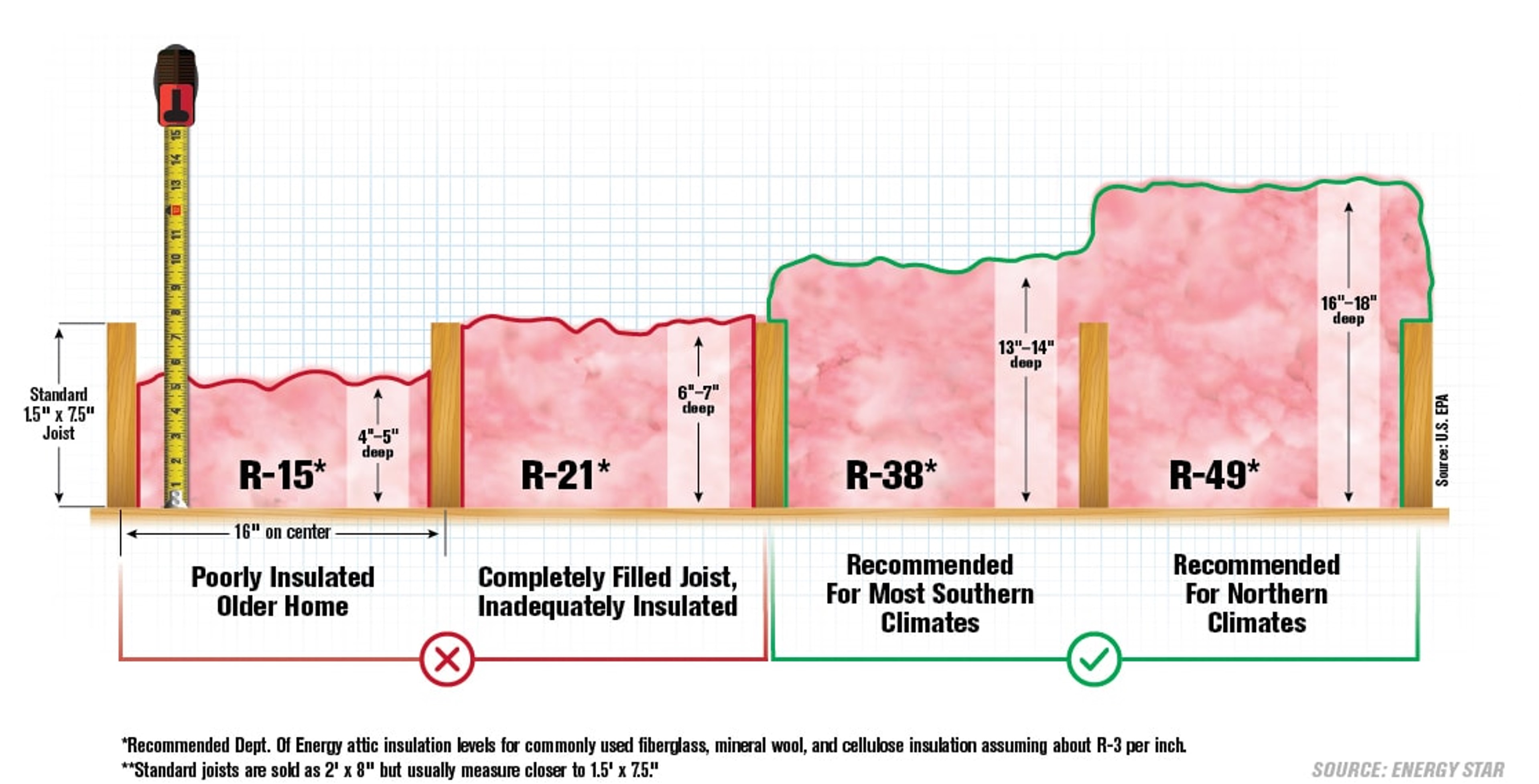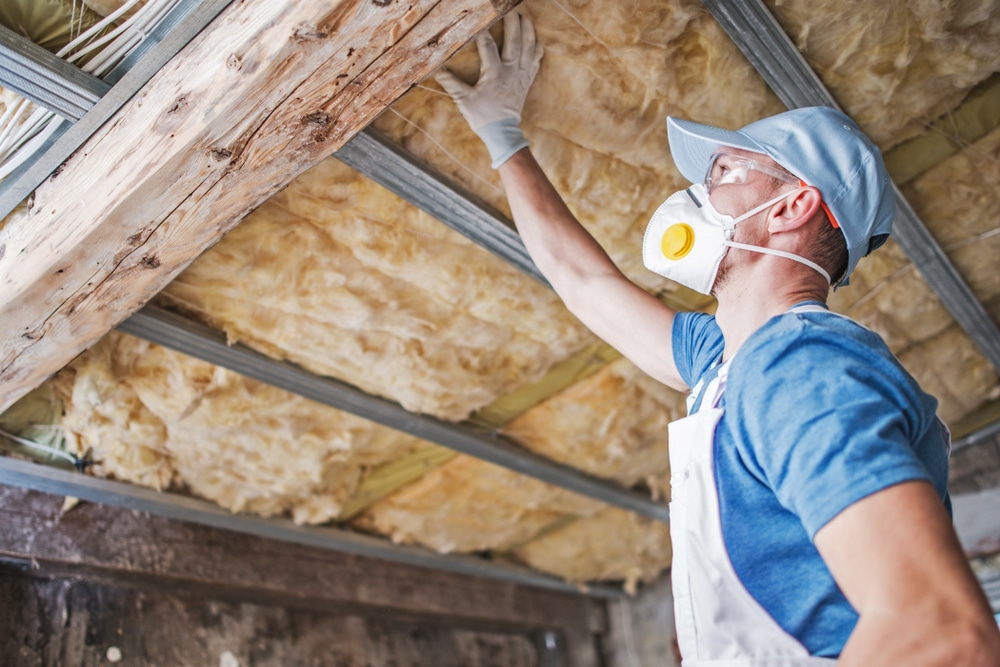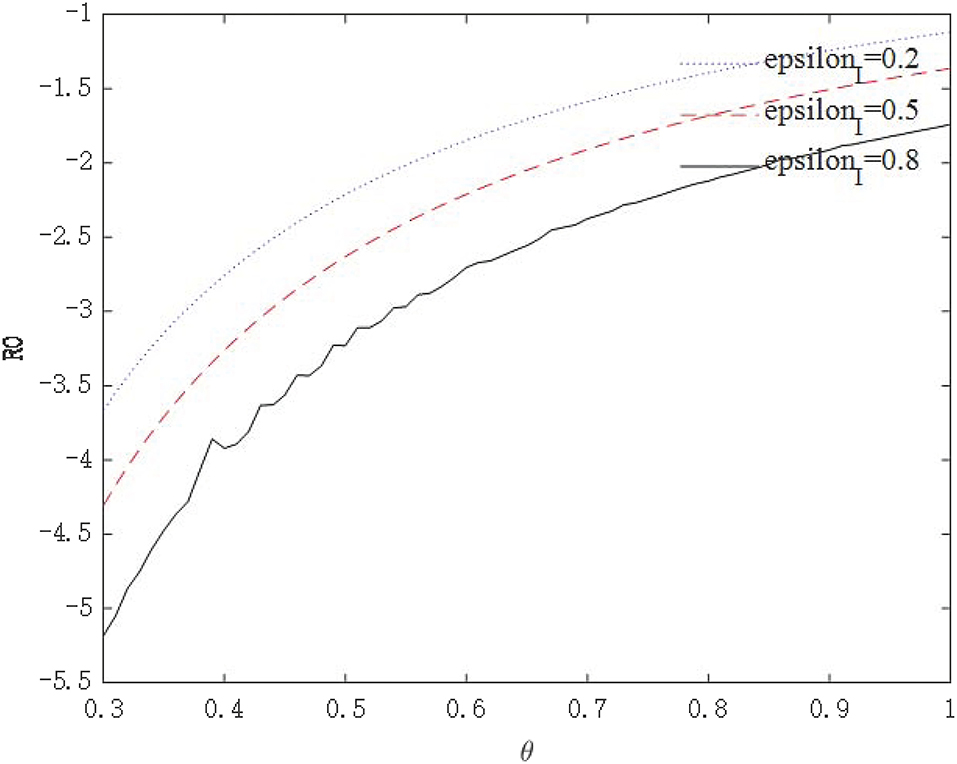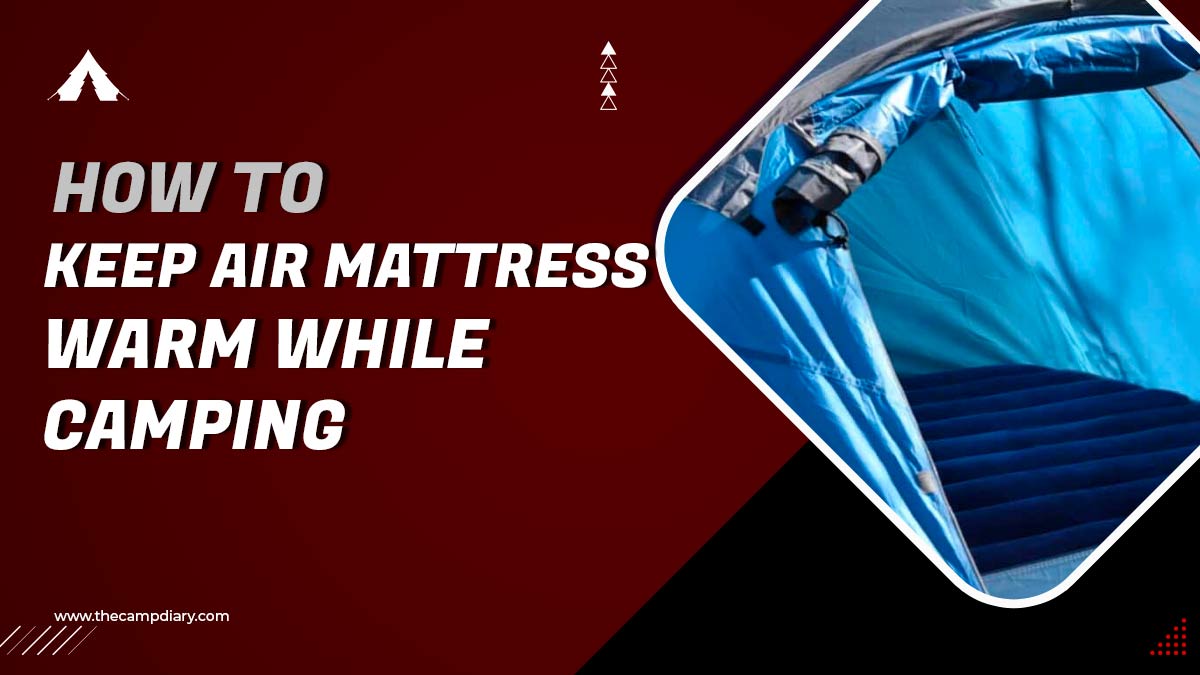When shopping for an air mattress, you may come across the term "R-value" and wonder what it means. Simply put, the R-value of an air mattress is a measure of its insulation properties. It tells you how well the mattress can keep you warm while you sleep. This is an important factor to consider, especially if you plan on using the air mattress for outdoor activities like camping.What is the R-Value of an Air Mattress?
The R-value of an air mattress is determined by its ability to resist heat flow. The higher the R-value, the better the insulation. This means that a higher R-value air mattress will provide more warmth and comfort, especially in colder temperatures. It is important to note that the R-value of an air mattress is not a standardized measurement and can vary between manufacturers.Understanding the R-Value of Air Mattresses
The R-value of an air mattress is typically measured using a thermal conductivity test. This involves placing the air mattress on a heated surface and measuring the temperature difference between the surface and the air inside the mattress. The R-value is then calculated by dividing the temperature difference by the heat flux.How to Measure the R-Value of an Air Mattress
Several factors can affect the R-value of an air mattress. The type of material used, the thickness of the mattress, and the design of the internal air chambers can all impact its insulation properties. Additionally, the surrounding environment, such as humidity and wind, can also affect the R-value of an air mattress.Factors Affecting the R-Value of Air Mattresses
When comparing the R-value of different air mattresses, it is important to consider the conditions in which you will be using the mattress. A higher R-value may not necessarily mean a better option if you will be camping in warmer temperatures. It is also essential to consider the overall quality and durability of the air mattress, as this can impact its insulation over time.Comparing the R-Value of Different Air Mattresses
If you have an air mattress with a lower R-value and want to increase its insulation, there are a few things you can do. First, you can add a layer of insulation, such as a foam pad, between the mattress and the ground. This will help to prevent heat loss from the bottom of the mattress. You can also use a sleeping bag on top of the mattress to add an extra layer of warmth.How to Increase the R-Value of an Air Mattress
Having a higher R-value air mattress can significantly impact your comfort level while sleeping. Whether you are camping in colder temperatures or simply using the air mattress as a temporary bed, a higher R-value will provide better insulation and keep you warmer throughout the night. This can make a significant difference in your overall camping experience.Why the R-Value of an Air Mattress Matters
When selecting an air mattress, it is essential to consider the R-value and how it aligns with your needs. If you frequently camp in colder temperatures, it may be worth investing in a higher R-value air mattress. However, if you primarily use the mattress for indoor use or in warmer temperatures, a lower R-value may be sufficient.Choosing an Air Mattress with the Right R-Value
The R-value of an air mattress is directly related to its insulation properties. A higher R-value means better insulation, while a lower R-value means less insulation. When considering different air mattresses, it is crucial to understand this relationship and how it can impact your comfort and warmth while sleeping.The Relationship Between R-Value and Insulation in Air Mattresses
When camping in colder temperatures, the R-value of your air mattress can be a crucial factor in staying warm and comfortable throughout the night. In addition to choosing an air mattress with a higher R-value, you can also use other methods to increase insulation, such as wearing warm clothing and using additional blankets or sleeping bags on top of the mattress.How to Use the R-Value of an Air Mattress to Stay Warm While Camping
The Importance of the r Value in Choosing an Air Mattress for Your Home
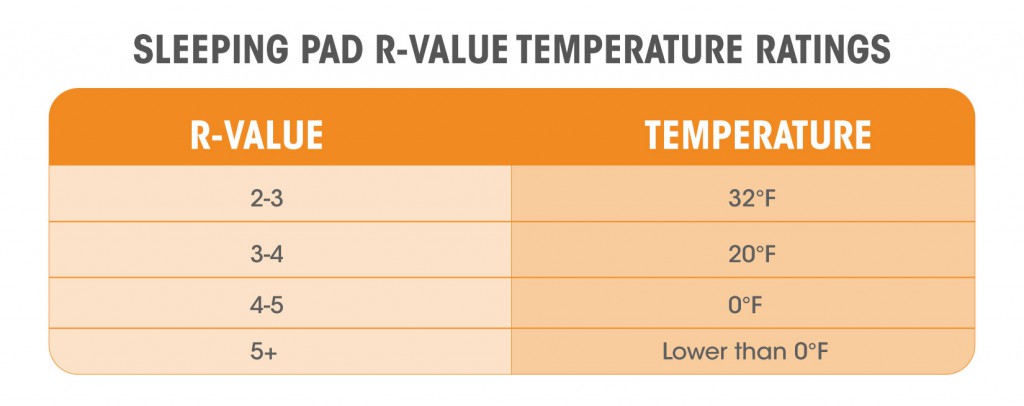
What is the r Value?
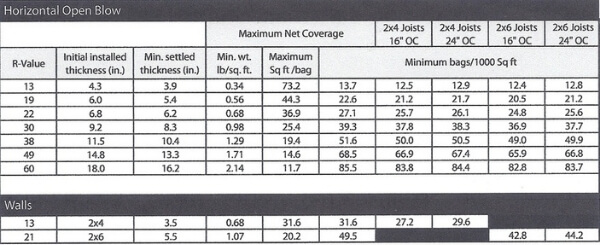 When it comes to choosing the right air mattress for your home, the
r value
is a crucial factor to consider. The r value is a measure of the thermal resistance of a material, and it determines how well the air mattress will insulate against heat loss. In simpler terms, the higher the r value, the better the air mattress will be at keeping you warm and comfortable while you sleep.
When it comes to choosing the right air mattress for your home, the
r value
is a crucial factor to consider. The r value is a measure of the thermal resistance of a material, and it determines how well the air mattress will insulate against heat loss. In simpler terms, the higher the r value, the better the air mattress will be at keeping you warm and comfortable while you sleep.
Why Does the r Value Matter?
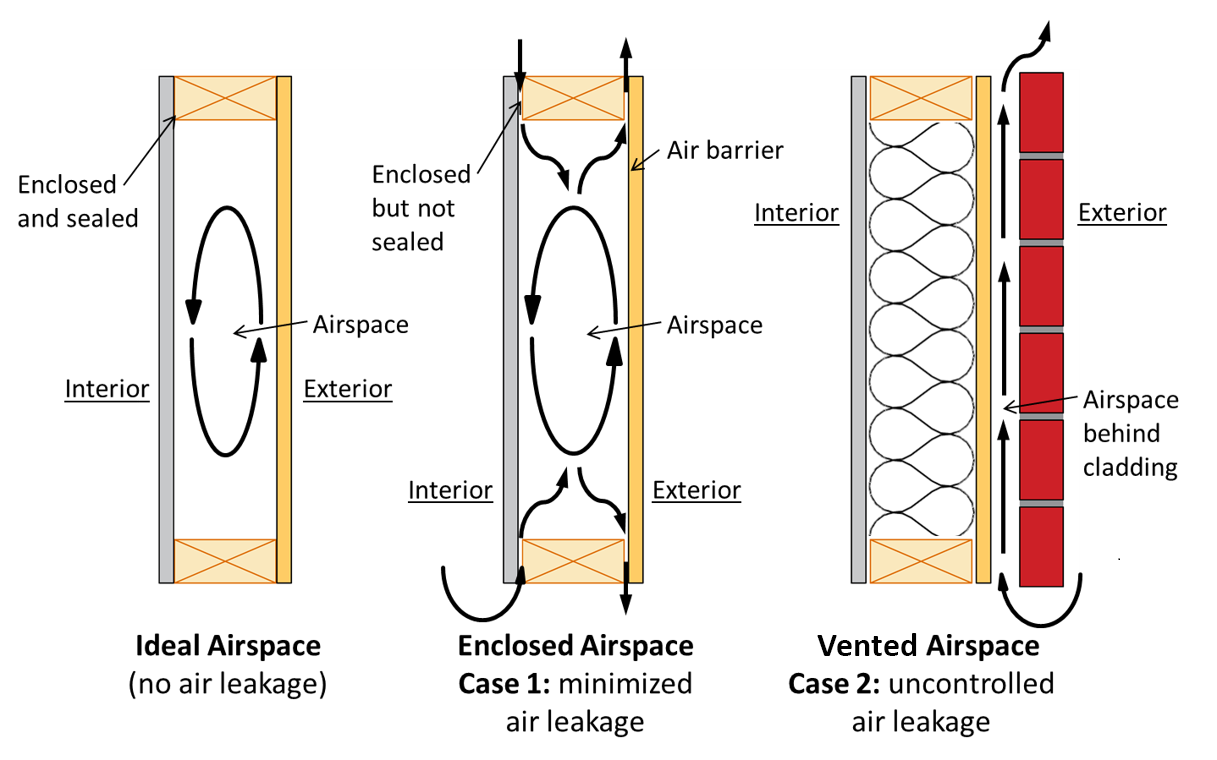 The r value plays a significant role in determining the overall comfort and functionality of your air mattress. If you plan on using your air mattress for camping or outdoor activities, a high r value is essential as it will provide better insulation against the cold ground. On the other hand, if you plan on using your air mattress as a temporary bedding option for guests, a lower r value may suffice.
The r value plays a significant role in determining the overall comfort and functionality of your air mattress. If you plan on using your air mattress for camping or outdoor activities, a high r value is essential as it will provide better insulation against the cold ground. On the other hand, if you plan on using your air mattress as a temporary bedding option for guests, a lower r value may suffice.
How to Choose the Right r Value for Your Air Mattress
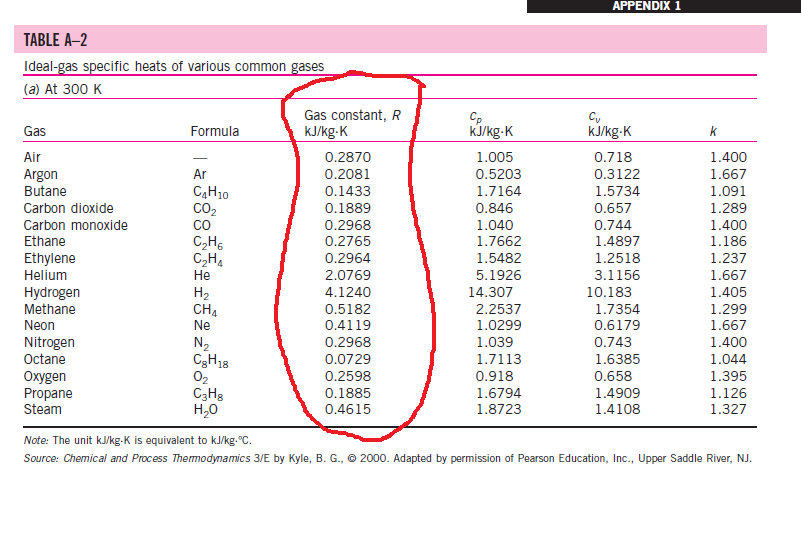 When selecting an air mattress, it's important to consider the typical climate and temperature of your surroundings.
For colder climates, a higher r value (usually above 3.0) is recommended to ensure maximum insulation. For warmer climates, a lower r value (around 1.0-2.0) may be sufficient.
Additionally,
the material and construction of the air mattress can also affect its r value.
Thicker and more durable materials such as PVC and vinyl tend to have higher r values, while thinner materials like nylon have lower r values. The design of the air mattress, such as the number and size of air chambers, can also impact its r value.
When selecting an air mattress, it's important to consider the typical climate and temperature of your surroundings.
For colder climates, a higher r value (usually above 3.0) is recommended to ensure maximum insulation. For warmer climates, a lower r value (around 1.0-2.0) may be sufficient.
Additionally,
the material and construction of the air mattress can also affect its r value.
Thicker and more durable materials such as PVC and vinyl tend to have higher r values, while thinner materials like nylon have lower r values. The design of the air mattress, such as the number and size of air chambers, can also impact its r value.
Benefits of Choosing an Air Mattress with a High r Value
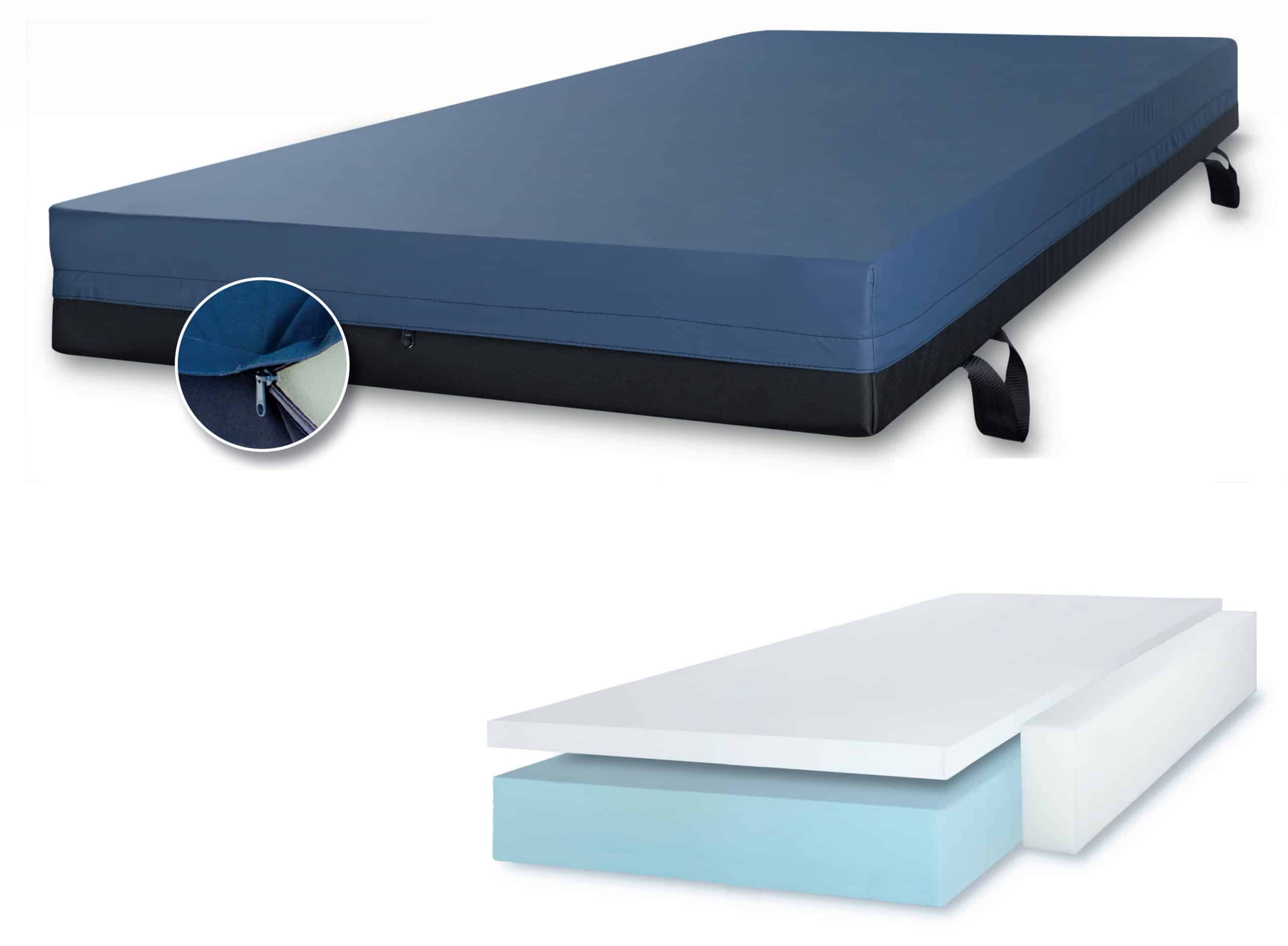 Opting for an air mattress with a high r value can provide a range of benefits for your home. Firstly, it ensures better insulation and warmth, making it suitable for use in various climates. It also reduces the risk of developing back pain or discomfort, as a high r value can provide better support and cushioning for your body. Moreover,
a high r value can also save you money on energy costs,
as you won't have to rely on heating devices to keep you warm while using the air mattress.
In conclusion, when looking for the perfect air mattress for your home,
consider the r value as a crucial factor in your decision-making process.
It can greatly impact the overall comfort and functionality of your air mattress and provide numerous benefits for your sleep and budget. So, take the time to research and compare different r values to find the perfect fit for your needs.
Opting for an air mattress with a high r value can provide a range of benefits for your home. Firstly, it ensures better insulation and warmth, making it suitable for use in various climates. It also reduces the risk of developing back pain or discomfort, as a high r value can provide better support and cushioning for your body. Moreover,
a high r value can also save you money on energy costs,
as you won't have to rely on heating devices to keep you warm while using the air mattress.
In conclusion, when looking for the perfect air mattress for your home,
consider the r value as a crucial factor in your decision-making process.
It can greatly impact the overall comfort and functionality of your air mattress and provide numerous benefits for your sleep and budget. So, take the time to research and compare different r values to find the perfect fit for your needs.




